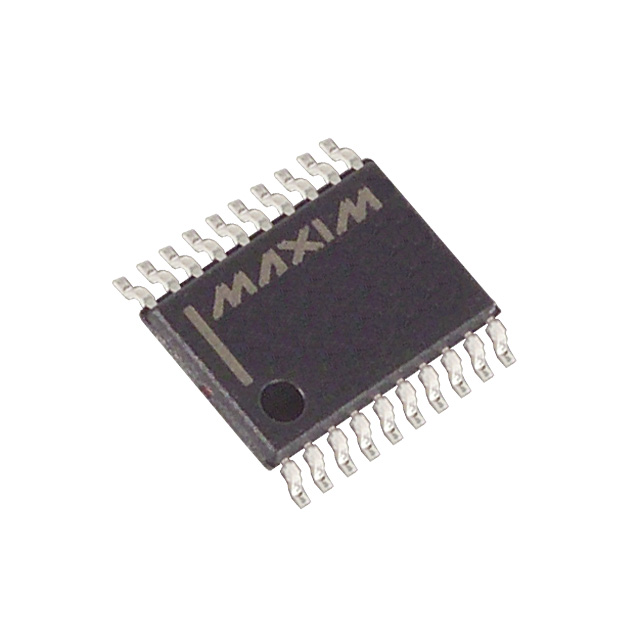MAX3001EEUP+
Manufacturer No:
MAX3001EEUP+
Manufacturer:
Description:
IC TRANSLATOR BIDIR 20TSSOP
Datasheet:
Delivery:





Payment:




In Stock : 2198
Please send RFQ , we will respond immediately.









MAX3001EEUP+ Specifications
-
TypeParameter
-
Supplier Device Package20-TSSOP
-
Package / Case20-TSSOP (0.173", 4.40mm Width)
-
Mounting TypeSurface Mount
-
FeaturesAuto-Direction Sensing, Power-Supply Decoupling
-
Operating Temperature-40°C ~ 85°C (TA)
-
Data Rate4Mbps
-
Output TypeTri-State, Non-Inverted
-
Output Signal-
-
Input Signal-
-
Voltage - VCCB1.65 V ~ 5.5 V
-
Voltage - VCCA1.2 V ~ 5.5 V
-
Channels per Circuit8
-
Number of Circuits1
-
Channel TypeBidirectional
-
Translator TypeVoltage Level
-
PackagingTube
-
Product StatusActive
-
Series-
The 74GTLP1395DGVRG4 is a specific integrated circuit chip that belongs to the GTLP family of devices. It is a 13-bit differential line receiver with 3-state outputs. Here are some advantages and application scenarios of this chip:Advantages: 1. Low voltage operation: The 74GTLP1395DGVRG4 operates at a low voltage range of 1.2V to 1.8V, making it suitable for low-power applications. 2. High-speed operation: It supports high-speed data transmission with a maximum data rate of 2.5 Gbps, making it suitable for high-speed communication systems. 3. Differential signaling: The chip uses differential signaling, which provides better noise immunity and reduces electromagnetic interference (EMI). 4. 3-state outputs: The 74GTLP1395DGVRG4 has 3-state outputs, allowing multiple devices to share a common bus without interfering with each other.Application scenarios: 1. High-speed data communication: The chip can be used in applications such as high-speed data transmission between different components or systems, including data centers, networking equipment, and telecommunications. 2. Low-power systems: Due to its low voltage operation, the chip is suitable for battery-powered devices or low-power applications where power consumption needs to be minimized. 3. Noise-sensitive environments: The differential signaling and noise immunity of the chip make it suitable for applications where noise interference is a concern, such as industrial environments or high-electromagnetic-interference areas. 4. Bus sharing: The 3-state outputs of the chip make it suitable for applications where multiple devices need to share a common bus, such as memory interfaces or bus architectures.It's important to note that the specific advantages and application scenarios may vary depending on the requirements and specifications of the overall system design.
MAX3001EEUP+ Relevant information
-
NL3X5004MU2TAG
onsemi -
NL3X5004DR2G
onsemi -
NL3X5004DTR2G
onsemi -
V62/22604-01XE
Texas Instruments -
NCA9701GXX
Nexperia USA Inc. -
MAX14591ETA+
Analog Devices Inc./Maxim Integrated -
SN74AVCA164245DGG
Texas Instruments -
74AVC1T45DBVR
Texas Instruments -
74AVC1T45DEAR
Texas Instruments -

SN74LVC1T45DCKR-P
Texas Instruments







